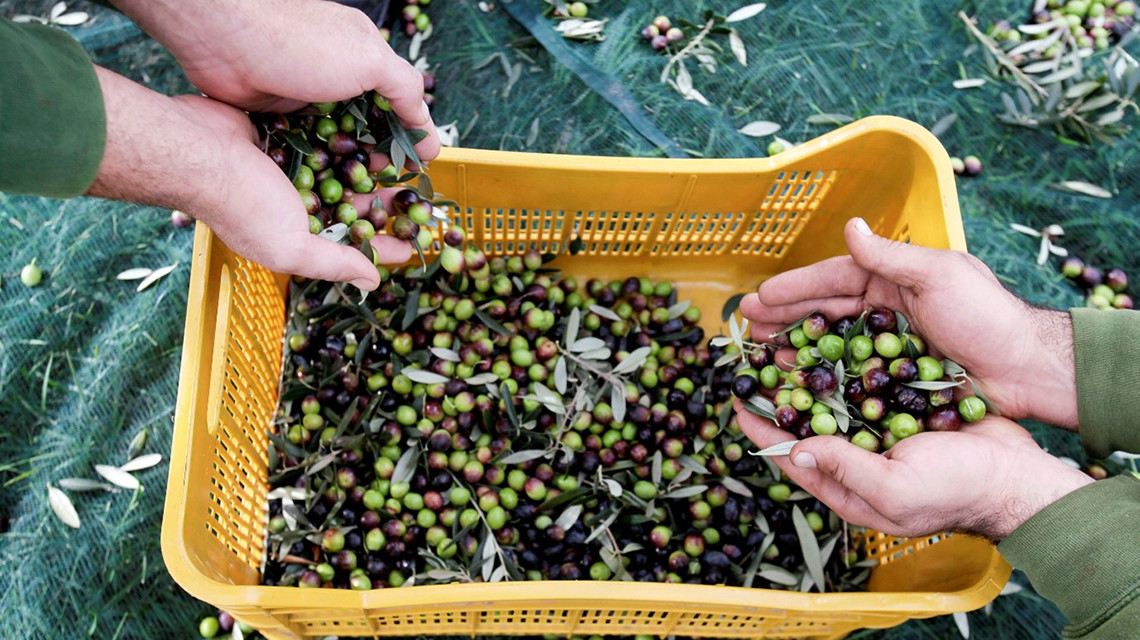The FT-NIR technique is a non-destructive chemical analysis technology which involves shining a beam containing many frequencies of light at a sample and measuring the absorption of near-infrared light. HS-GC-IMS involves analysing the gas layer above the sample, resulting in a 2D data matrix which can be used to compare samples to each other or a reference sample.
Scientists also were able to differentiate between 242 olive oils and identify their origin from four different regions of Lebanon with 89 per cent accuracy. Lebanese olive oil varies in quality and cost depending on its region of origin. In this case, a Fourier Transform infrared (IR) spectroscopy with attenuated total reflectance technique was used, which measures the internal reflection of infrared light from interaction with a sample and processes the data using mathematical algorithms. All these techniques represent a rapid and non-destructive way to test products such as olive oil for adulteration or mislabelling.
The research on Slovenian olive oil was carried out as part of an IAEA coordinated research project to develop more food authentication tests, for instance to reveal where the olives in extra-virgin olive oil were grown.
“Infra-red spectroscopy and other techniques such as HS-GC-IMS can be used to analyse the samples in the laboratory and directly in the field, offers high sample throughput, low operational costs, requires little or no sample preparation, and no need for chemicals or specialized laboratory facilities,” said Christina Vlachou, Head of the Food Safety and Control Laboratory of the Joint FAO/IAEA Centre of Nuclear Techniques in Food and Agriculture.
Building on the recent launch of Atoms4Food, a joint initiative of the IAEA and the Food and Agriculture Organization of the United Nations (FAO), this year will see a gathering of food specialists from academia, public bodies, industry and commercial organizations at the International Symposium on Food Safety and Control. The Symposium, which will be held at the IAEA Headquarters in Vienna from 27 to 31 May 2024 in collaboration with the FAO, will provide a forum for sharing cutting-edge research and innovation, exchanging information and discussing international initiatives and needs.
The year 2024 will also mark the 60th anniversary of the Joint FAO/IAEA Centre of Nuclear Techniques in Food and Agriculture, a unique international partnership between the two organizations that supports the safe and appropriate use of nuclear and related technologies in food and agriculture to contribute to global food security and sustainable agricultural development worldwide.
New research to tackle food fraud and other innovations in food safety and control will be among the issues considered at the International Symposium on Food Safety and Control. The IAEA will continue, with the expertise of the Joint FAO/IAEA Centre, to support food safety and quality and forge partnerships under Atoms4Food.









